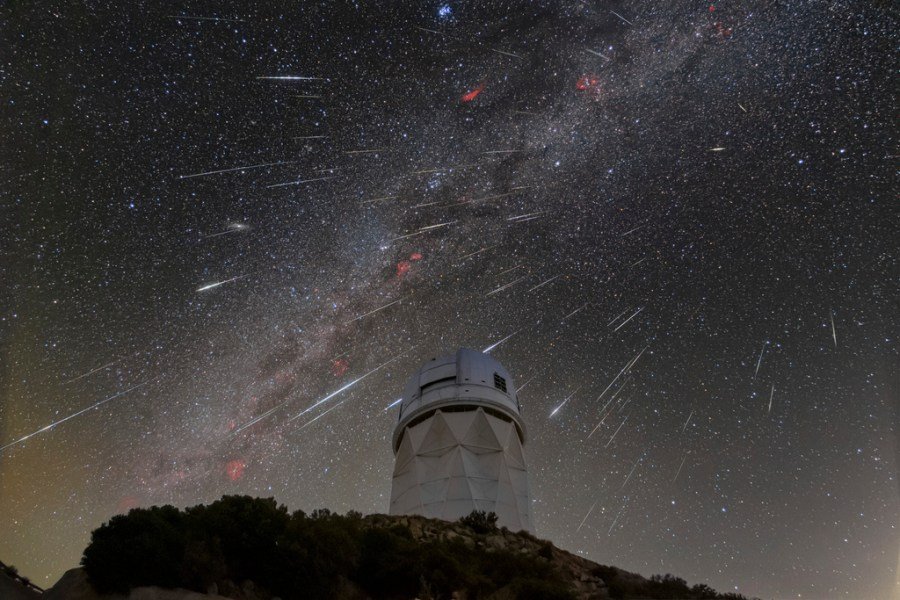
(NEXSTAR) – If the supermoon wasn’t enough, October is treating skygazers to another celestial delight – the peak of the Orionid meteor shower.
The Orionids occur when Earth passes through the trail of debris behind Halley’s Comet, according to the American Meteor Society.
The annual event stretches from Sept. 26 to Nov. 22 this year, but will peak on Oct. 21. The best time to take in the Orionids will be at 2 a.m. on the 21st, NASA says, thanks in part to the new moon, which coincides with the shower. During that lunar phase, the moon slips between Earth and the sun, making the side of the moon that faces us appear dark and imperceptible to the naked eye.
Framed by the moonless backdrop, the hail of streaking meteors will be that much easier to see.
The Orionids are considered to be one of the most beautiful meteor showers of the year, thanks to their exceptional speed – they shoot into Earth’s atmosphere at roughly 41 miles per second – and brightness, according to NASA.
Fast meteors can create a stunning display as they often leave bright “trains” that last up to several minutes, and sometimes turn into fireballs.
How to watch the Orionids
As with any meteor shower, avoiding light pollution and having clear skies are crucial.
While the weather is out of our control, experts recommend packing up a sleeping bag, blanket or lawn chair and traveling away from the city and any street lamps.
Under ideal conditions, viewers can expect a maximum of 10 to 20 meteors per hour, according to EarthSky.org.
To get the best view from the Northern Hemisphere or northeast, NASA recommends lying flat with one’s feet pointing southeast, or northeast for people in the Southern Hemisphere.
Patience is also recommended to get the full experience – let your eyes adjust to the darkness and settle in to enjoy the show, which will last until dawn.





